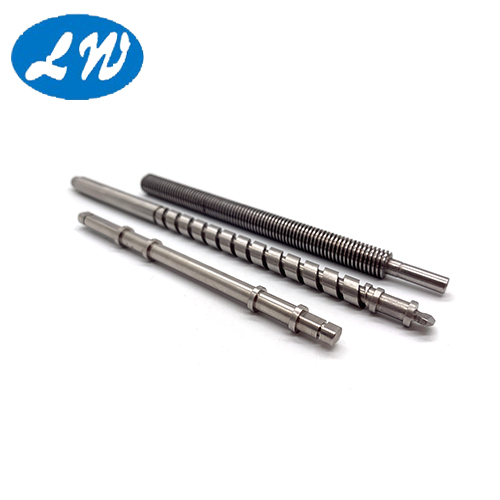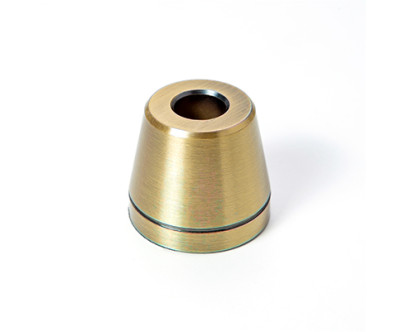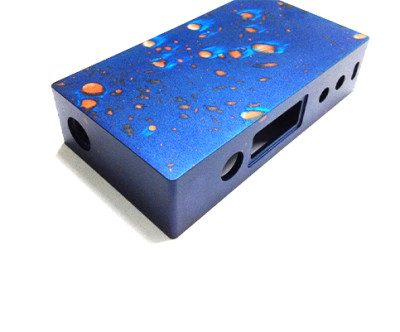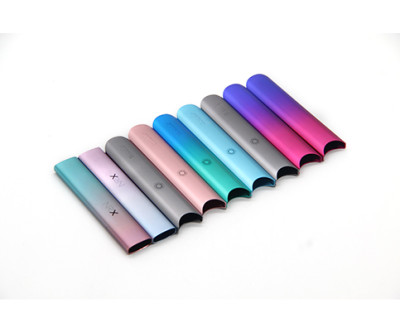What Is High Precision Turning and Why Is It Essential for Modern Manufacturing?
High precision turning is a machining process that involves the use of advanced computer numerical control (CNC) lathes and highly accurate tooling to produce components with extremely tight tolerances, smooth surface finishes, and consistent dimensional accuracy. It is a core technique in modern manufacturing, especially in industries where even the slightest deviation from specifications can result in product failure, safety risks, or functional inefficiencies.
Turning is a subtractive manufacturing process in which a cutting tool removes material from a rotating workpiece to shape it into the desired form. When this process is elevated to the level of “high precision,” it typically means that the tolerances achieved are in the micrometer (μm) range, and the surface finishes are often superior to those achievable through standard turning methods.
High precision turning operations are most commonly carried out using CNC turning centers, which offer programmable control over every aspect of the machining process — from spindle speed and feed rate to cutting depth and tool path. These machines can execute complex geometries and intricate detailing with remarkable repeatability.
High precision turning is characterized by several key features: the ability to achieve dimensional tolerances as low as ±0.001 mm, surface roughness values (Ra) as low as 0.2 µm, high repeatability in part production, compatibility with a wide range of materials including metals and engineering plastics, and the ability to produce components with complex geometries.
High precision turning is essential for modern manufacturing due to its critical role in high-tech industries. Sectors such as aerospace, medical, automotive, and electronics require components that must meet the highest levels of accuracy and reliability. In these applications, even minor dimensional errors can compromise safety or performance. High precision turning ensures that parts such as engine components, orthopedic implants, microelectronic housings, and optical connectors are manufactured to exact specifications.
It also enables miniaturization. As the demand for smaller, more compact devices increases — particularly in fields like wearable technology and medical diagnostics — manufacturers need to produce ultra-small, high-precision parts. High precision turning is one of the few processes capable of consistently producing these miniature components.
Another advantage of high precision turning is the reduction of post-processing and assembly errors. Because components are produced to exact dimensions and finishes, there is often little or no need for additional operations such as grinding or polishing. This not only saves time and cost but also improves fit during assembly and reduces the risk of part failure due to dimensional mismatches.
Moreover, high precision machining enhances product quality and reliability. By minimizing stress concentrations and ensuring uniform material distribution, precision-turned parts tend to have greater mechanical strength and longer service life. This translates into better performance and reduced maintenance requirements for the end product.
High precision turning also boosts production efficiency. CNC turning centers can run continuously with minimal supervision, making them ideal for both low-volume and high-volume production. The accuracy and repeatability of the process lead to fewer defective parts, less material waste, and lower overall manufacturing costs.
It also supports customization and prototyping. High precision turning is well-suited for developing prototypes or producing custom components with specific dimensions, geometries, or surface finishes. This flexibility is especially valuable in industries where rapid iteration and adaptation are necessary to meet evolving technical requirements or client specifications.
In conclusion, high precision turning has become a cornerstone of advanced manufacturing. Its ability to deliver exact, repeatable, and high-quality components supports innovation and reliability across a diverse array of industries. As the push for performance, miniaturization, and quality continues to accelerate, high precision turning will remain a vital capability for manufacturers aiming to stay competitive in a global market.



